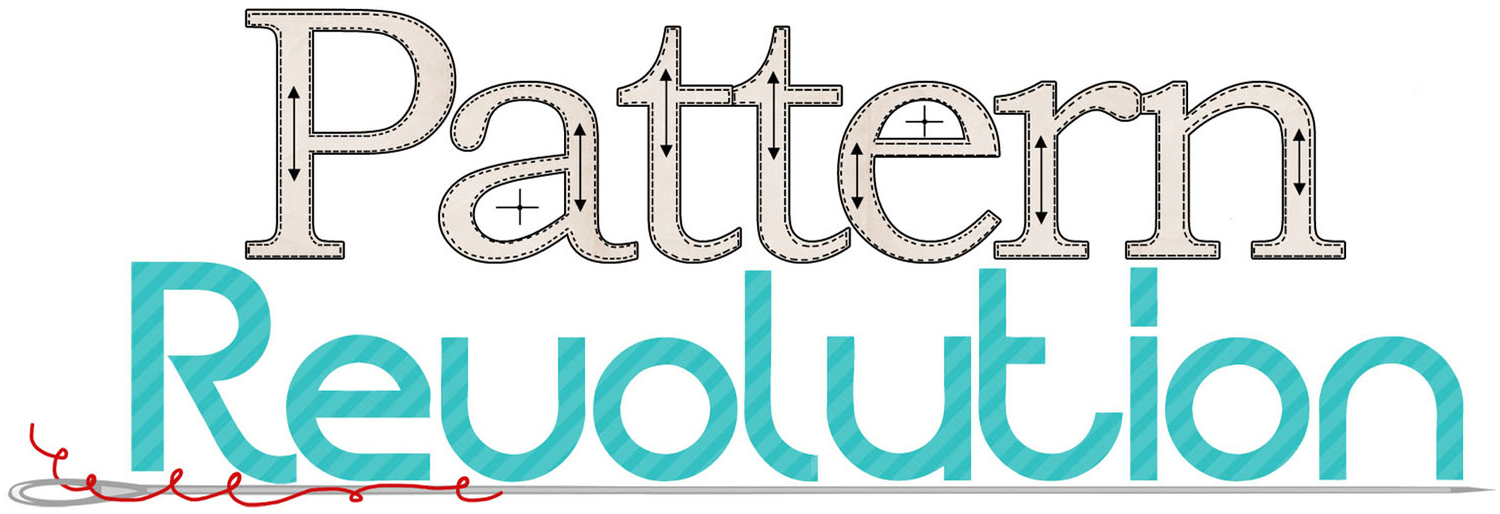So, a few things to keep in mind... All patterns are different. If you are using a different pattern that does not have a separate waistband, remember to check how much the casing is turned under (if at all). This measurement determines your buttonhole placement, and you're going to want to add 1/8" to that # and that is how far you measure down from the top of the pants to begin your buttonhole mark.
If your pants have a separate waistband, you will need to center the buttonholes on the inside of the waistband piece using the same methods.
If your pants do not have a flat front and are elasticized all the way around, you only need one buttonhole. Insert the elastic, pull it through the casing so that the end of the elastic is right next to the button hole, place the button on the fabric directly on top of the end of the elastic and sew it down, securing both the button on the outside and the elastic on the inside. Pull the other end of the elastic the rest of the way through the casing and out the button hole and secure with button.























